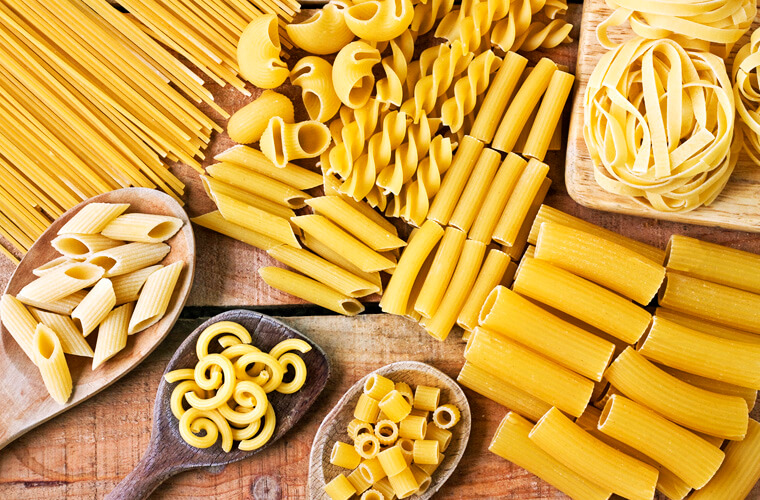Rising Wheat And Energy Costs To Push Pasta Prices Up 38%

The CEO of Italy’s second largest pasta producer has warned that pasta prices will increase by 38% due to rising costs of raw materials and energy.
In an interview with daily Il Sole 24 Ore, the CEO of Divella, Vincenzo Divella, said that one kilo of pasta, bought by the large-scale retail trade, went up from €1.10 in September 2021 to the current €1.40 and is set to increase to €1.52 by the end of January, or 38% more.
According to Divella, the price of wheat on the Foggia Stock Exchange has risen by 90% since June 2021, adding that semolina represents 60% of the entire cost of pasta production. This was followed by other increases, such as cellophane (+25%), gas (+300%) and electricity.
The price of wheat has risen because harvests in Canada and the United States, the world’s main producers, have collapsed by 50%.
Italian pasta makers have had to buy the share of wheat not covered by domestic production (20-30%) at higher prices, Divella explained.
The price of Italian wheat has reached €0.56/kg, while the price of Canadian wheat went up to €0.65, and Divella is worried that the increases may not end there.
An analysis of Italian farmers association Coldiretti reveals that the sowing costs for wheat production for pasta and bread have practically doubled due to over 50% higher diesel fuel prices. At the same time, the costs of agricultural equipment, plant protection products and fertilisers have increased threefold.
Despite this, the amount paid to farmers for Italian durum wheat is less than that of imported wheat, which accounts for 40% of pasta production.
In addition, imported wheat, especially from Canada, uses the chemical herbicide glyphosate in pre-harvest, which is banned in Italy. It has resulted in record purchases of pasta made with 100% Italian wheat.
In order to stop speculation and guarantee wheat availability, the association proposes that supply chain agreements include precise qualitative and quantitative objectives and fair prices that never fall below the production costs.
According to Coldiretti’s analysis, conditions exist to increase wheat production in Italy, which amounts to 3.8 million tons (-3% compared to the previous year).
Italy is the second largest producer in the world, but also the main importer because many industries prefer to buy on the international market to take advantage of the low prices of the last decade.
Read also
Ukraine harvest update: Corn 89% complete, sunflower seeds 93%
Saudi Arabia strengthens its position in global grain markets
Kazakhstan may limit potato exports due to crop failure in Russia
Port investments by China in Latin America are reshaping the soybean market
EU introduces “carbon border tax”
Write to us
Our manager will contact you soon



